Imagine there’s this game you really like called Magic: The Gathering. You’ve borrowed a few decks and played a few times and can’t get enough of it. You’ve caught the bug. You want to dive in deeper. What do you do?
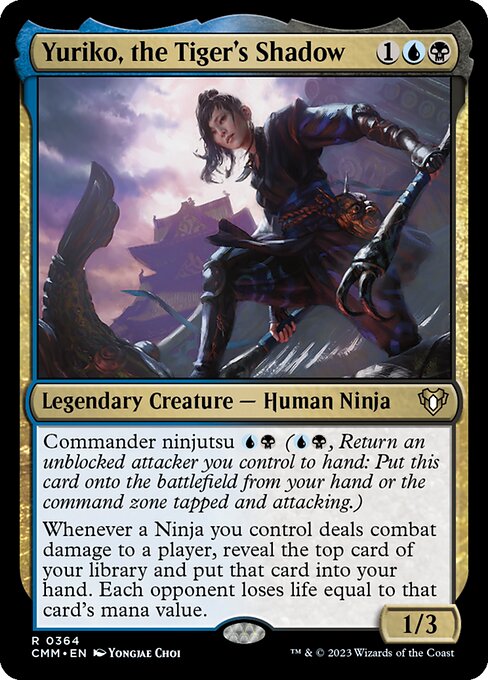
A bunch of your friends play this format called Commander. It’s how you learned to play, too. It’s a lot of fun: big swings, crazy plays, memorable moments, and laughs all around. Your friend lent you his Yuriko deck, which was easier to keep up with than Atraxa, Praetor’s Voice, but you kind of want to start doing your own thing. Good lord, though: where do you even start? Someone told you there are over 27,000 individual cards to keep track of — and while most of them probably don’t matter, it’s still a little intimidating. And, sure, you’ve seen what your friends are doing and you can always start there, and it’s not like you don’t understand how to browse the internet. But riffing on someone else’s idea is only so fun, and the last thing you want to do is drop hundreds of dollars on a brand new idea that might not even work!
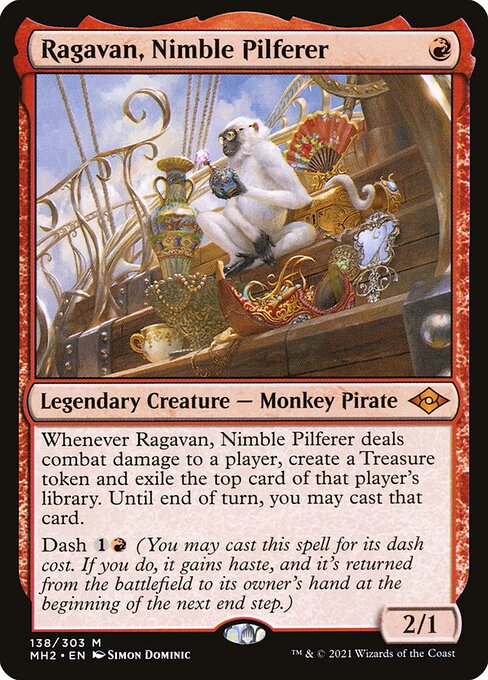
Another friend of yours plays this other format called Modern. The kind of stuff that can happen in that format is wild: giant double strikers that wipe the board on the first turn of the game, dumb hammer-wielding monsters cracking you for 10 out of nowhere at instant speed, this weird monkey that kills you and adds mana and draws cards all at the same time. You tried it out, and there’s no denying it’s super fun to take these insanely powerful well-oiled machines out for a spin. But it’s also kind of nerve-wracking: make one single mistake, and that’s usually game over. You’ve tried to brew up a few ideas to get an edge, but it’s super difficult: a lot of the interactions are strange and counterintuitive, the powerful stuff is so much better than the weaker stuff, and it’s really hard to try and visualize what’s going to happen until you start playing. Your friend tells you you might want to try something called Pioneer, but it’s not really obvious how that’s similar to or different from Modern or why you’d focus on one rather than the other. It’s just…yeah. It’s a lot.
You get that a lot of people like those formats, and there’s nothing wrong with liking any of them. You also get that if you’re going to bite the bullet and drop hundreds of dollars on a deck, it makes sense to ‘buy into’ a format where those cards aren’t going to suddenly crater in value.
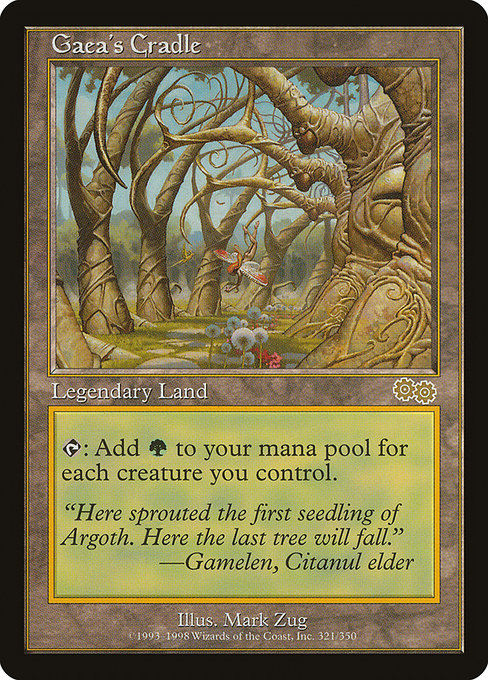
Still, it feels like there’s got to be another way of doing things. You’ve started playing in some Booster Drafts at FNM, and while you’d be the first to admit that you aren’t totally sure what the local shark is talking about when he’s going on about ‘signals’ and ‘path dependency’, you’re very sure that $15 for an evening’s entertainment is a whole lot cheaper than a Gaea’s Cradle. In fact, you like being able to just sit down and buy some packs and build some decks out of what you open, and compare them to the “Jumpstart” decks you were messing around with before you jumped into the Command Zone. The problem is twofold:
- It’s exceedingly unlikely that any of the cards you open are actually going to be relevant for any of the decks that are actually worth building
- You’re just not sure you’re learning anything that’s meaningful
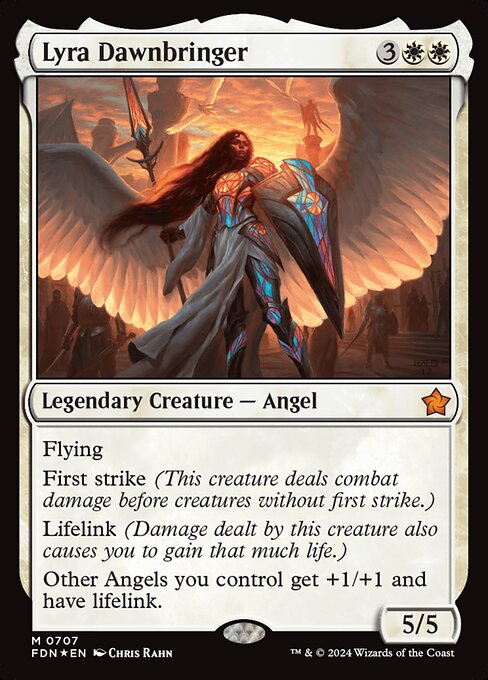
For example, you will never forget the card that just ranched you the first time you played Jumpstart. It was called Lyra Dawnbringer. She’s this big huge angel that looks like she’s going to deliver a smashing of righteous justice. And indeed that is exactly what happened. Everything about that card seemed completely awesome and totally ridiculous. It won every fight with every guy and then killed you while keeping your opponent alive, and in case that’s not enough, it also made the rest of their guys bigger. You barely understood anything about Magic, but it was just obvious to you that if there was such a thing as a good card, this was obviously, unarguably, clearly, convincingly a good card. And it was also super sweet. You immediately wanted to own it and put it into a deck.
But…the card stinks!
Or, more specifically, when you looked up what formats you could play the card in, nobody seemed to actually be playing it anywhere. Sure, it was in 3% of Commander decks or something, but you’re not tapping 5 and saying ‘go’ and hoping to deal 40 damage. There are arguments you could make for why it doesn’t stink or why it makes sense that it does stink, but they’re halfhearted. The fact is, it just seems super wrong to you that if you tap five Plains and cast a card that seems like the utter embodiment of everything that could possibly be awesome about a Magic card, someone is going to shrug and proceed to beat you with this weird bug thing called “Grist, the Hunger Tide”.
You’re not saying you’re the expert on how everything should work. But it will never fail to make sense to you that there should be some format where the cards you open in packs when you buy them in a store are also the cards that you are actually able to play, and where the kinds of cards that seem obviously fun and intuitive and appealing are also the kinds of cards that win you games when you put them into decks.
But what do you know, anyway?
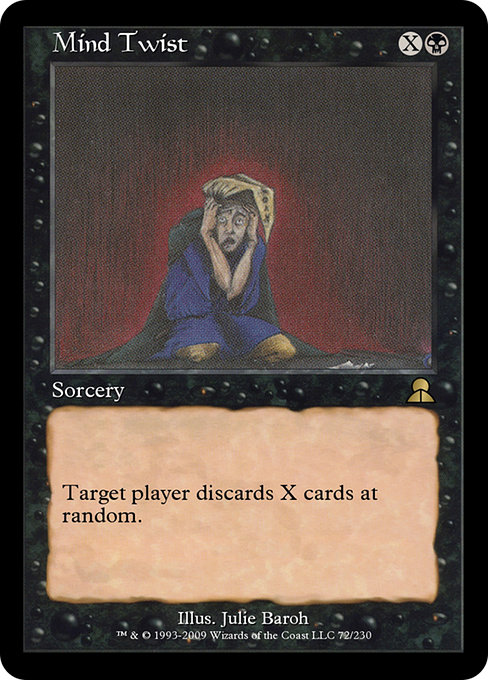
Much has been said recently about the ‘demise of Standard’ and the subsequent efforts to revive the format. I’ve had the good fortune of talking extensively with game designers and executives at Wizards about this question over the last several years, and they’ve done a great job explaining to me their perspectives on what caused the format to decline in popularity and what’s necessary in order to bring it back¹.
My goal with this pair of articles is to add a few key points to the conversation — and to embody those points through the debut of a gameplay experience I like to call “The Standard Cube”. Specifically, I’m using the Standard Cube to concretize my assertions by attempting to deliver something like an ideal Standard game experience in a fun, unique, satisfying, revealing way. I’m sure my ability to do this will be imperfect, but I hope that the texture of those imperfections helps drive a broader conversation about the role Standard has to play within Magic’s overall ecosystem both now and in the future.
First, I want to talk a bit about why I think Standard plays an exceptionally important, load-bearing role in both casual and organized play, and how to design certain elements of the format such that it’s able to powerfully fulfill that role. That’s the first piece (this one). Second, I want to talk about how The Standard Cube attempts to embody some of those principles in order to convey their value experientially — with the goal of rendering what would otherwise be an abstract exercise more tangible and easier to visualize. That’s the second piece, available here.
All of this should be filtered through the context of what I personally think and believe, and by no means represents an assertion about the One True Way of looking at things (or etc).
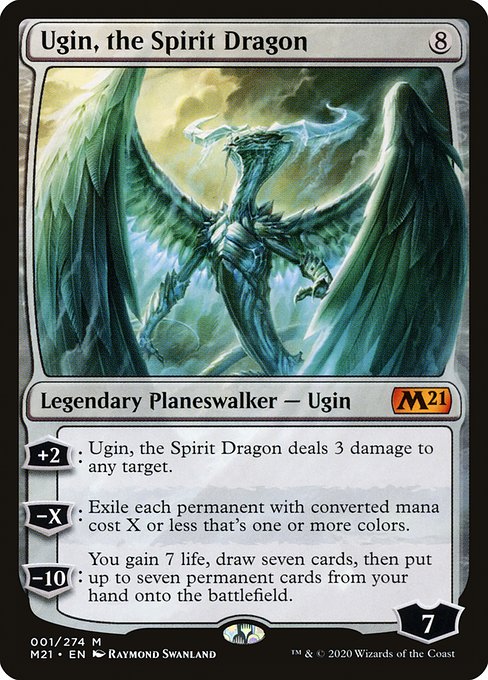
The Nature of Standard
Standard, when working properly, achieves a number of important strategic objectives for Wizards, three of which especially stand out in this context:
- As a rotating format, it serves as a superstructure within which to create demand for new, in-print cards, sets, and effects. This fights back against the systemic pressure any marginal newly-minted game piece faces to compete for relevance against the ever-expanding corpus of other game pieces — solving an essential strategic problem for the business.
- As a platform for organized play, it creates an on-ramp into OP that doesn’t require familiarity with or access to the 30+-year history of Magic cards. This helps deal with both explicit hard constraints of card-availability and implicit social and psychological constraints involved with wading wholesale into an established, heavily-enfranchised environment.
- As a design tool, it creates a manageable environment within which to sculpt an essential experience of gameplay. This allows designers to lean into fun themes and unique environments without having to balance against the set of ~27,000 other game pieces or otherwise resort to heavy-handed bans. The analogy can be likened to the difference between an FPS’ ‘story mode’ versus ‘battle royale’

It’s important to understand that by no means is Standard the only way to fulfill upon these objectives. For example, it’s possible to craft an ‘essential experience’ through a non-rotating format like Modern by printing a set exclusively tailored to that format and designed to foundationally shift the way that it is played (one might say it nudges the format towards a new ‘horizon’). But Standard as a format offers the opportunity to deliver upon these imperatives in a continuous, low-friction, much more automatic way.
For the player, what Standard has to offer is (I believe) more of an open-question. What the player wants will not necessarily or always align with what the business wants and needs. Certainly there are many things players are hungry for which aren’t fulfilled by the Standard environment — that’s part of the reason there are so many formats available! Still, I think there are three things players want in particular that are not currently fulfilled by other available play environments, and align particularly well with the above three company objectives.
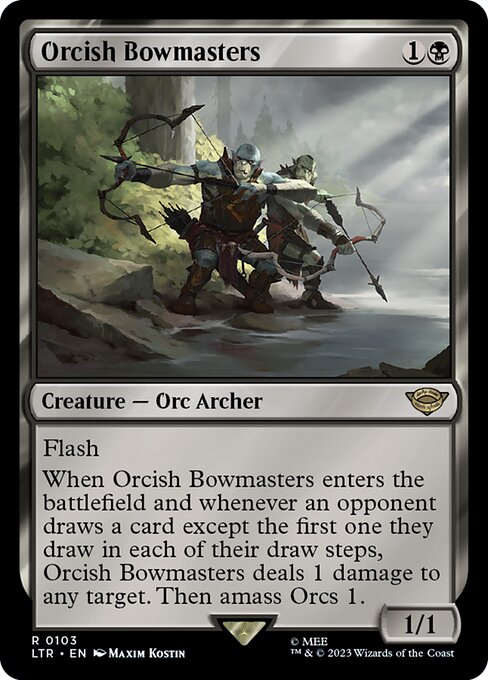
First, players crave a certain amount of variety and novelty and are excited to try out new cards and effects. While it’s possible to evolve an Eternal format by printing cards like Orcish Bowmasters and shifting the range of viable threats, this is nothing like the massive up-welling of possibility associated with an annual rotation. This is of course counterbalanced by the cost associated with such a rotation. If the supply/demand curve of Standard is such that players can buy into a non-rotating format for a similar price as the rotating format, that will to one degree or another drive players to the format where their assets retain value over a longer duration.
Second, players are acquiring new cards in various organic ways — cracking packs, drafting boosters, winning prizes, receiving gifts, progressing through Set Mastery if they’re playing digitally, impulse-buying a SKU at WalMart, etc. A very natural thing to do is to want to put a substantial volume of these cards into decks and play with them. Conversely, dealing with secondary vendors is often much more confusing, stressful, and subject to variance, creating a great deal of friction when out-of-print game pieces are required. Recent reprint policy in Set Boosters helps mitigate the latter problem to some degree, but also creates its own set of challenges.
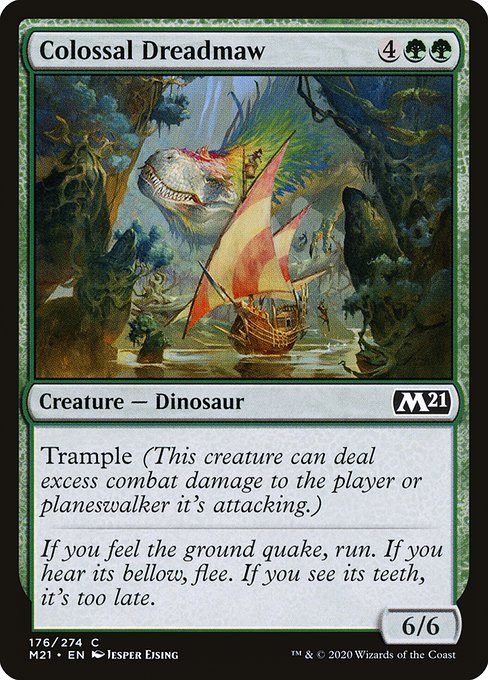
Third — and I would argue most importantly — players crave a certain visceral alignment between their intuitions, their emotions, and the gameplay experience. While the abstract strategic interplay of Magic’s zones and objects will always be interesting for a certain kind of gamer, there is a reason we have all seen new or younger players positively lose it over the era’s equivalent of a Colossal Dreadmaw. The kind of enjoyment one gets from Shivan Dragon or Baneslayer Angel is a different kind of enjoyment than one gets from Cryptic Command. The issue is that — unless this experience is deliberately designed-for — Magic’s natural incentive structures (both for gameplay and design) and the base rates of certain effects trend away from this experience being viable.
My most important assertion is that while a great deal of attention has been given to the first two dimensions of the equation, the third is equally if not more important. And I’ve designed the Standard Cube to embody what I mean.
The Standard Experience
It’s not always obvious to understand what is ‘standard’ about Standard. Certainly it isn’t, or shouldn’t be, as simple as “being composed of Standard-legal cards”. My own belief is the following: a format called Standard should exhibit a standard (i.e. in accord with a set of consistent expectations) experience across the range of all Magic sets, commensurate with a style of gameplay that aligns naturally with the core norms and game mechanics of Magic².
That doesn’t mean Standard as a format has always successfully delivered upon that experience. But what has happened when Standard more closely approximates that experience is, in my opinion, very revealing.
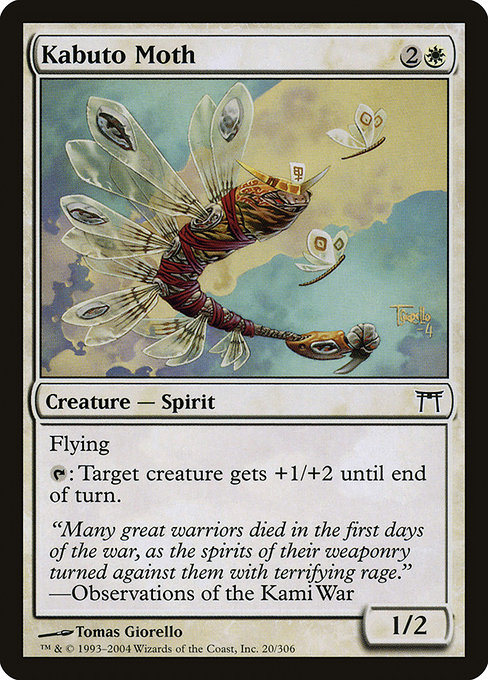
My tenure as a Magic designer was associated with the rise and eventual dissolution of an idea called “New World Order”. Originally architected as a response to severely declining sales of both the Time Spiral and Lorwyn blocks, NWO first saw the light of day during Shards of Alara as a fundamental rethinking of the foundational play pattern of Limited Magic. The thinking was that onboard complexity was far too dense and impregnable, owing to a proliferation of effects like e.g. Silvergill Adept and Kabuto Moth, and so Limited (and by extension casual constructed) needed to be reshaped from the ground up into something more essentially intuitive.
When NWO really came into its own, however, was the masterpiece that was Magic 2010³. Hearkening back to Alpha and catalyzing the resuscitation of Magic into its current status as a global juggernaut, Magic 2010 achieved its at-the-time-unprecedented level of dominance for three main reasons:
- It broke from the pattern of consigning core sets into irrelevance by brimming with new, exciting, relevant cards
- It prioritized what was trendily referred to at the time by critics and industry insiders as ‘ludonarrative consonance’: the alignment of game mechanics and effects with the concept and narrative of what was going on with the card. This made the standout effects punchy, clear, intuitive — and easy to get excited about
- It focused many of its ‘power points’ into the kinds of cards that were viscerally appealing but (at the time) just not the kind of things that saw tournament play — culminating in Kibler’s PT Austin win with four copies of Baneslayer Angel in Extended. It’s difficult to overstate the extent to which this had never been done before. It just didn’t seem possible. Until it was.
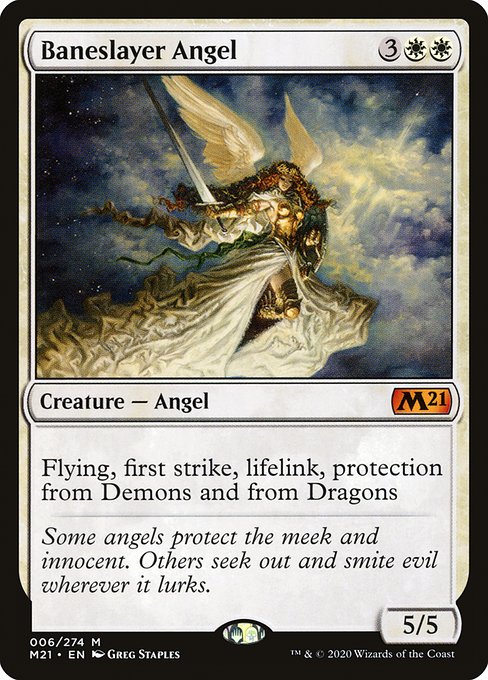
Magic 2010 (released in 2009) ushered forth a seismic shift in Standard play. Prior to this era, there essentially wasn’t such a thing as midrange (or, more properly, there was — but it was rarely possible for it to become dominant, and it was often laughed at by serious players). By the time I left Wizards in 2012, there was an argument that Thragtusk, the quintessential midrange card, was so dominant that it might need to be banned.
The fundamental application of NWO to Standard was this: Magic’s most appealing cards should be viable to play in tier-one decks. In some cases, we overshot: there had never been a cycle of format-defining six-mana creatures before⁴, but several of the Titans were just too powerful. In other cases, we miscalculated: Jace was designed intentionally to be the best Planeswalker ever, and several of us thought that gunning for that objective was inherently too risky. But generally speaking, this approach brought forth an era where the kinds of cards that dominated Standard were cards like Huntmaster of the Fells, Restoration Angel, Wolfir Silverheart, Hero of Bladehold, Jace, Architect of Thought, and Falkenrath Aristocrat. We never perfectly achieved the vision, of course. But we approached it, and the result was good.
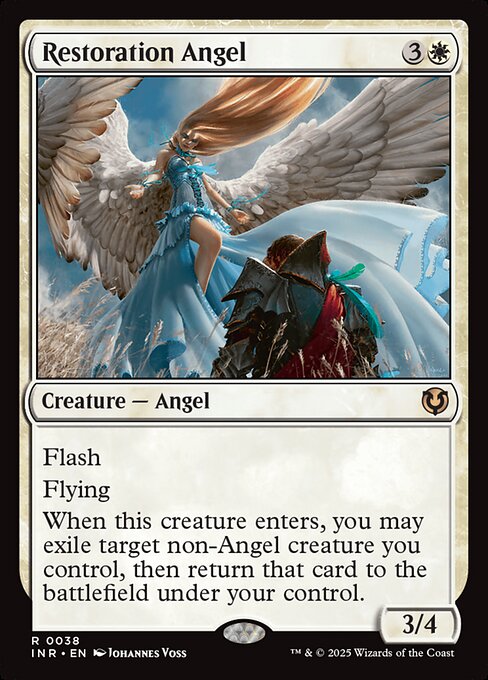
The vision wasn’t just about the individual cards, of course. Rather, the idea is that the cards together embody a play pattern that lends itself to cognitive coherence, creating accessibility both for new players and players returning to the format. That play pattern generally involves casting spells that try to get you ahead on the board and interact with other game pieces on the board in a way that jockeys for overall advantage at a relatively moderate rate. Some decks get on the board sooner and try to press their lead, whereas other decks opt for generally more powerful effects that take longer to deploy. Broadly, however — irrespective of the specific text of specific effects — a player familiar with how Magic generally works at the level of e.g. a Jumpstart deck or Sealed Deck or an older Standard format would also have an intuition for what is happening and how things are going within this play pattern as well. And the emotional experience of playing the format is correspondingly neither too jarring nor too humdrum.
This pattern carried forward for a while until something fundamental shifted. The development challenges of the Kaladesh block coupled with weak sales of the perceived-to-be-underpowered Ixalan block prompted a re-evaluation of some of these core assumptions, which occurred concurrently with the increasing popularity of nonrotating formats like Modern and Commander. Eventually a decision emerged (and I am oversimplifying here) that as the overall power level of these nonrotating formats increased and player expectations began to be calibrated around them, it became harder and harder to explain to someone why they ought to get excited about e.g. Snubhorn Sentry. Instead, the thought was, the power level of Standard should be accelerated considerably both to make it more exciting and to ensure relevance across the broader array of formats.
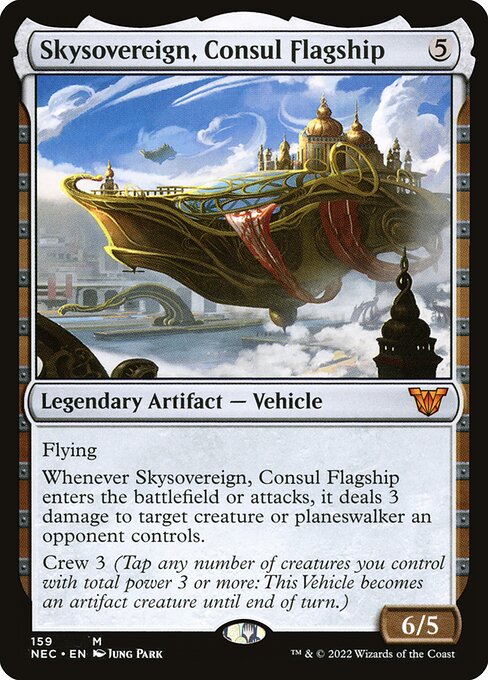
What ultimately happened was that Standard continued to decline in popularity as a function of numerous factors. I certainly will not claim to know which of these factors mattered more versus less. Relevant variables included: a massive demographic expansion of the player base; the rise of MTG Arena; numerous development difficulties and associated bans; a sweeping global pandemic; a full-stack reimagination of organized play; a reorganization of the Block system; the introduction of numerous new supplementary SKUs and product lines in addition to boosters; the proliferation of collectible booster products; a new ‘FIRE’ development philosophy; and all kinds of other things. All of these things mattered and I certainly can’t assert that I understand which of these variables (and the variables beyond them) ultimately led to the situation we find ourselves in today.
What I will assert with confidence, however — and what I believe to be fundamentally underappreciated — is that none of the following post-2018 premier-event-winning lists embody what I describe above as the essential experience of Standard:
- Mono-Blue Tempo, Autumn Burchett
- Simic Nexus, Matias Leveratto
- Bant Golos, Jean-Emmanuel Depraz⁵
- Simic Food, Andrej Strasky
- Jund Sacrifice, Piotr Glogowski
- Temur Reclamation, Elias Watsfeldt
- Dimir Rogues, Arne Huschenbeth
- Izzet Epiphany, Yuuki Ichikawa
Each of these lists hinges upon bespoke interactions between specific cards that fall well outside the bounds of what a typical player possesses intuitive calibration for how to evaluate, experience, or enjoy. In short, there is nothing “Standard” about them. They fail to accommodate any sort of baseline for how a player ought to engage with them beyond looking at each of the individual cards, memorizing what they do, and hoping that the player appreciates the result.
The other four premier-event-winning Standard lists that eyeball (on an archetype level) as more adjacent to the above-described essential experience — which, not incidentally, are also from more recent tournaments — are:
- Dimir Control, Brad Barclay
- Jeskai Hinata, Jan-Moritz Merkel
- Grixis Midrange, Nathan Steuer
- Esper Legends, Jean-Emmanuel Depraz
However, that analysis is complicated by the egregiously high power level of many of the individual cards — including Yorion, Extinction Event, Fable, Expressive Iteration, Sheoldred, Raffine, Skrelv, Faerie Mastermind, and Invoke Despair (of which only Sheoldred possesses much visceral appeal). This renders an archetype-level analysis less revealing than it would be otherwise, because so many of the individual cards do completely obscene things by themselves. This in turn leads to a situation where a format becomes defined by an extremely narrow possibility space that boxes out most other intuitively-appealing options, and starts to render itself effectively as impregnable as the other Eternal formats.
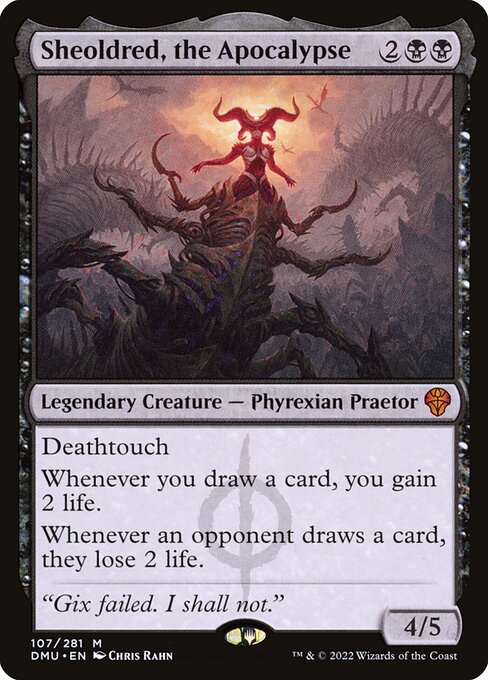
That’s exactly what we’ve seen with the most recent Standard bannings: eliminating an effect like Fable a) deals a huge blow to red as a color, since the color’s power level was calibrated around that effect; and b) pushes the format towards the other comparable outliers, namely Sheoldred, The Wandering Emperor, and Sunfall. Still, I do believe it’s clear that Standard is moving in a good direction. My hope is that my analysis here plays at least some small part in continuing that trend.
The key idea is that when a Standard format withdraws from the essential Standard experience, players become more drawn to the economic advantages of other formats. This phenomenon becomes compounded when the dominant individual cards stray too far from the kinds of effects most players intuitively both want and believe to be powerful — simultaneously pushing players towards an undesirable play experience and away from where their intuition is leading them.
I therefore would strongly encourage any effort aimed at revitalizing the health and popularity of Standard to:
- Start with a vivid image of what the ideal Standard experience should be;
- Enumerate the design criteria⁶ associated with that experience; and
- Designate substantial game design resources towards ensuring actual standard gameplay occurs in alignment with those criteria.
So those are some ideas. In my associated companion piece here, I’ll go into how I tried to embody them in The Standard Cube.
¹ Throughout these two articles I’ll refer several times to Wizards and their perspective as a company. This should not in any way be construed as the perspective of any Wizards employees, or as some oblique reference to a confidential conversation. My assertions of that nature are based on my experiences as a Wizards designer more than a decade ago, as well as on my current experiences as an executive.
² Things like: You draw 7 card hands and 1 card per turn; you play one land per turn; you can usually access between three and five lands in a given game without going through any outlandish hoops; you have access to a combat phase; your twenty life points will generally be expended between turns 5-7 given an opponent doing relatively average things assuming you do nothing; most creatures with 5 power/toughness and above costing 4+ mana; most Planeswalkers costing 4+ mana; most unconditional removal costing 3+ mana; etc. All of these are malleable but things very often break when they veer too far from being normative.
³ To be clear, I (unfortunately) had zero to do with that set
⁴ There is an argument for the Kamigawa dragons — but, tellingly, they were at most powerful when they died. I’d love for there to be an argument for the Onslaught “Pit Champions” (Jareth, Visara, Arcanis, Sylvox, Rorix), but they were far less relevant in Standard than in Block.
⁵ Technically second place, but massively exceeded the eventual champion’s record in the Standard portion of the event
⁶ Note that criteria embodied by e.g. the FIRE philosophy are *not the same* as these kinds of criteria. “Fun, Inviting, Replayable, Exciting” (and their associated sub-bullets) are qualities of an environment, not an experience. They might be great to have, but they’re a different and distinct thing.
Zac Hill (he/him) is the Chief Operating Officer of The Office of American Possibilities, a venture studio for civic moonshots. OAP’s projects have included initiatives like Welcome.us, The COVID Collaborative, and 24/7: The People’s Filibuster for Gun Safety. A Pro Tour mainstay for a decade, Zac scored a Top 8 at Pro Tour Honolulu 2009 before heading in-house to become a Lead Game Designer of Magic: The Gathering and Magic: Duels. He returned to the Pro Tour in the broadcast booth from 2011-2014. Zac’s writing has appeared or is forthcoming in The Believer, The Huffington Post, DailyMTG, StarCityGames.com, and The New Atlantis. He lives in Washington, DC.

